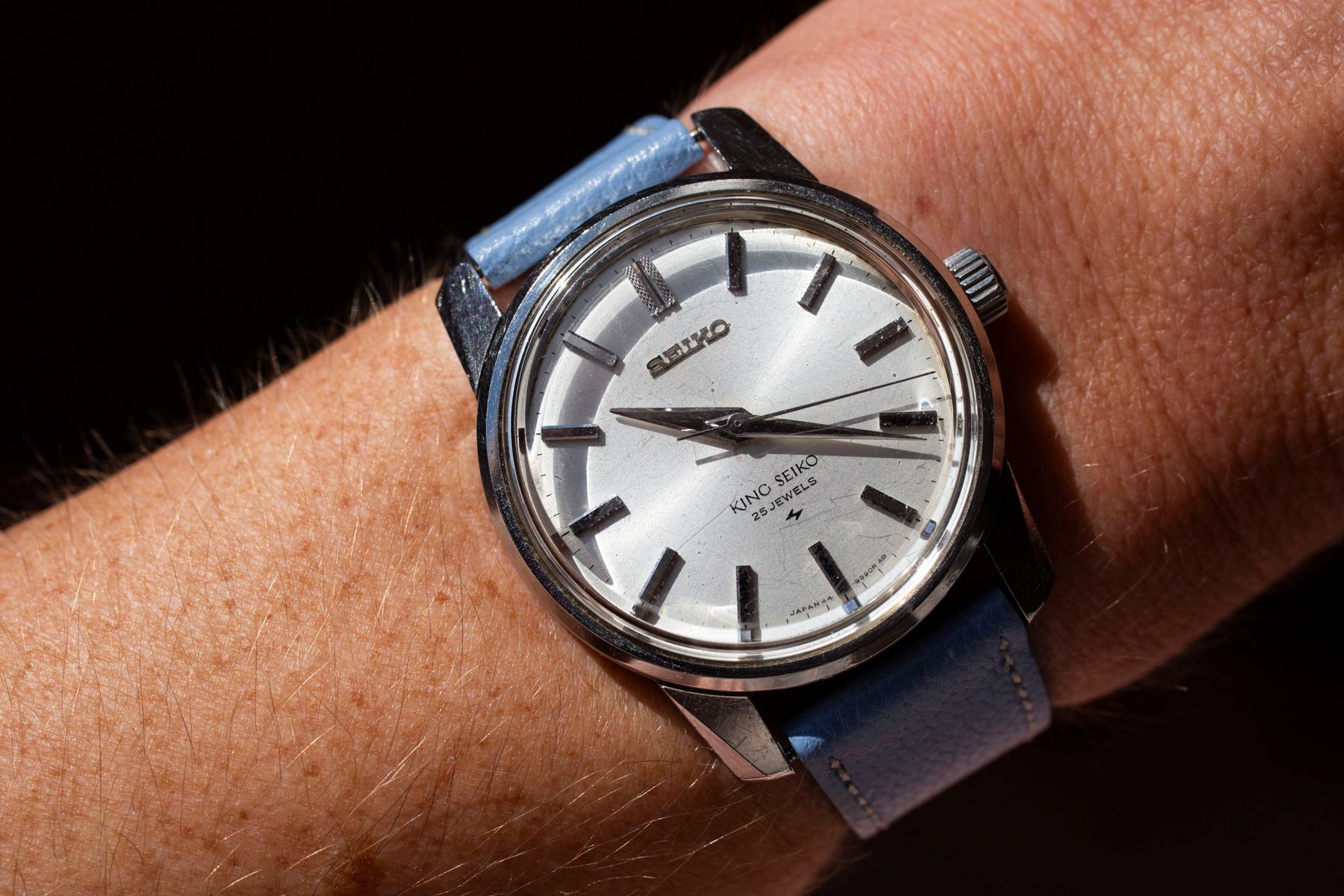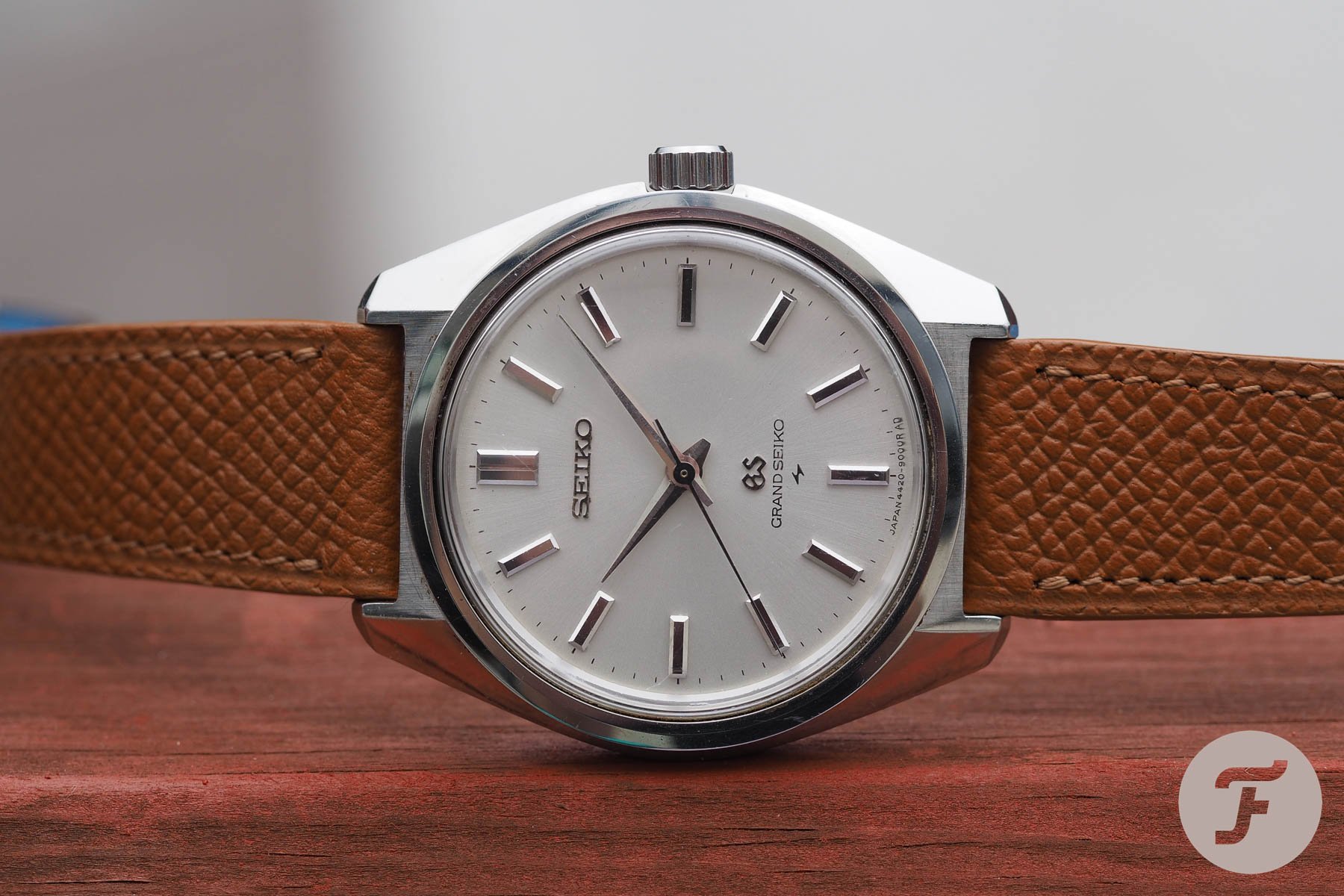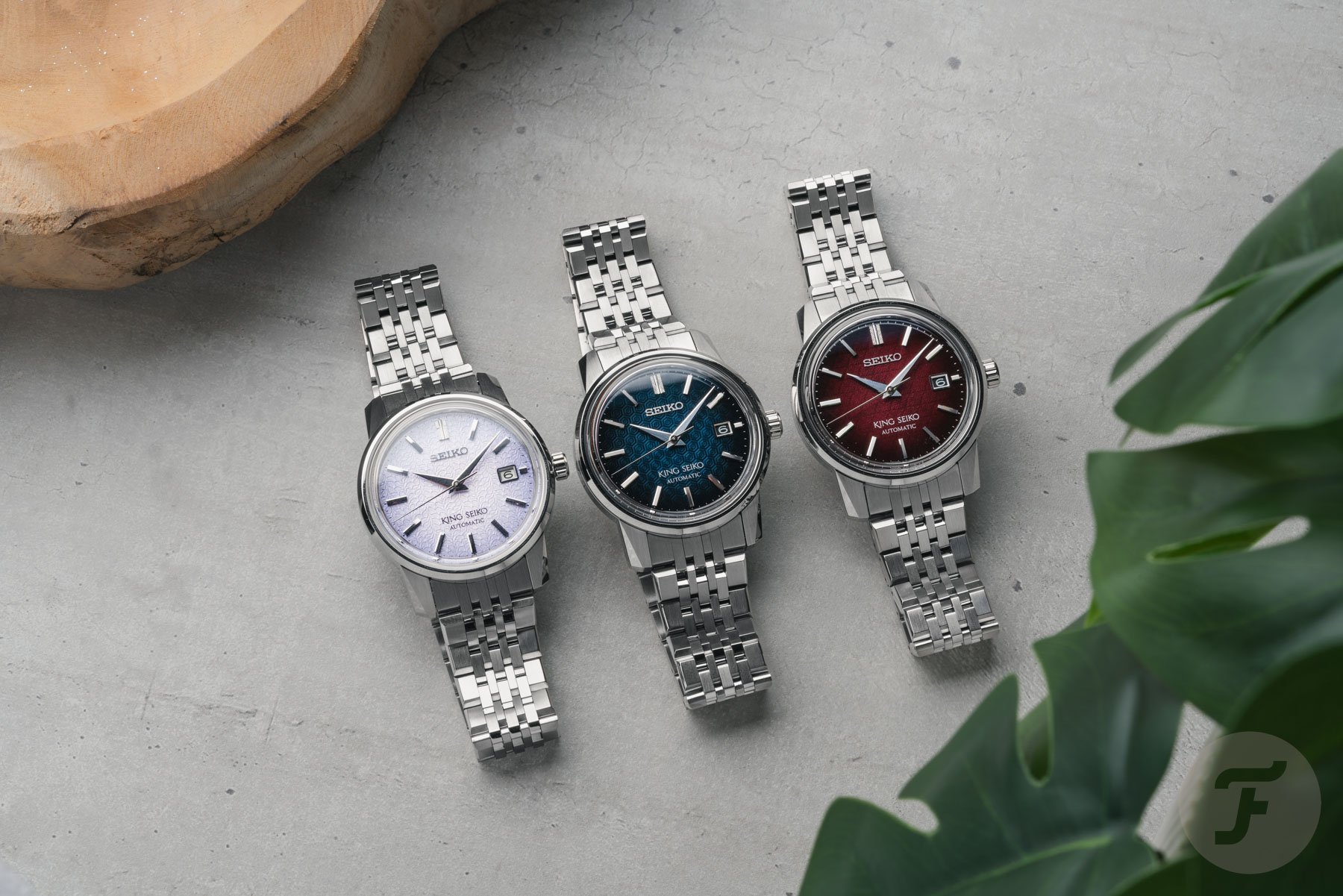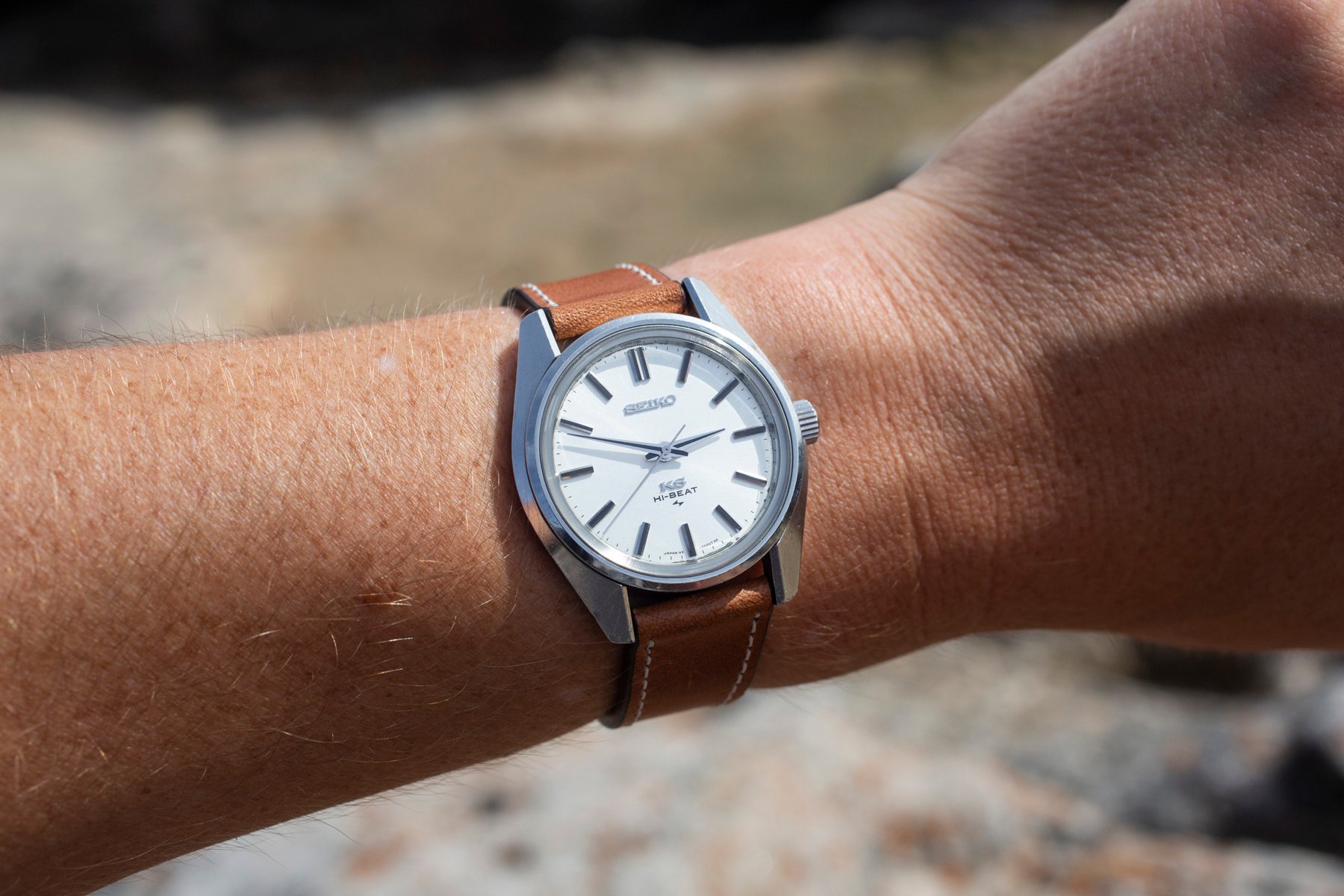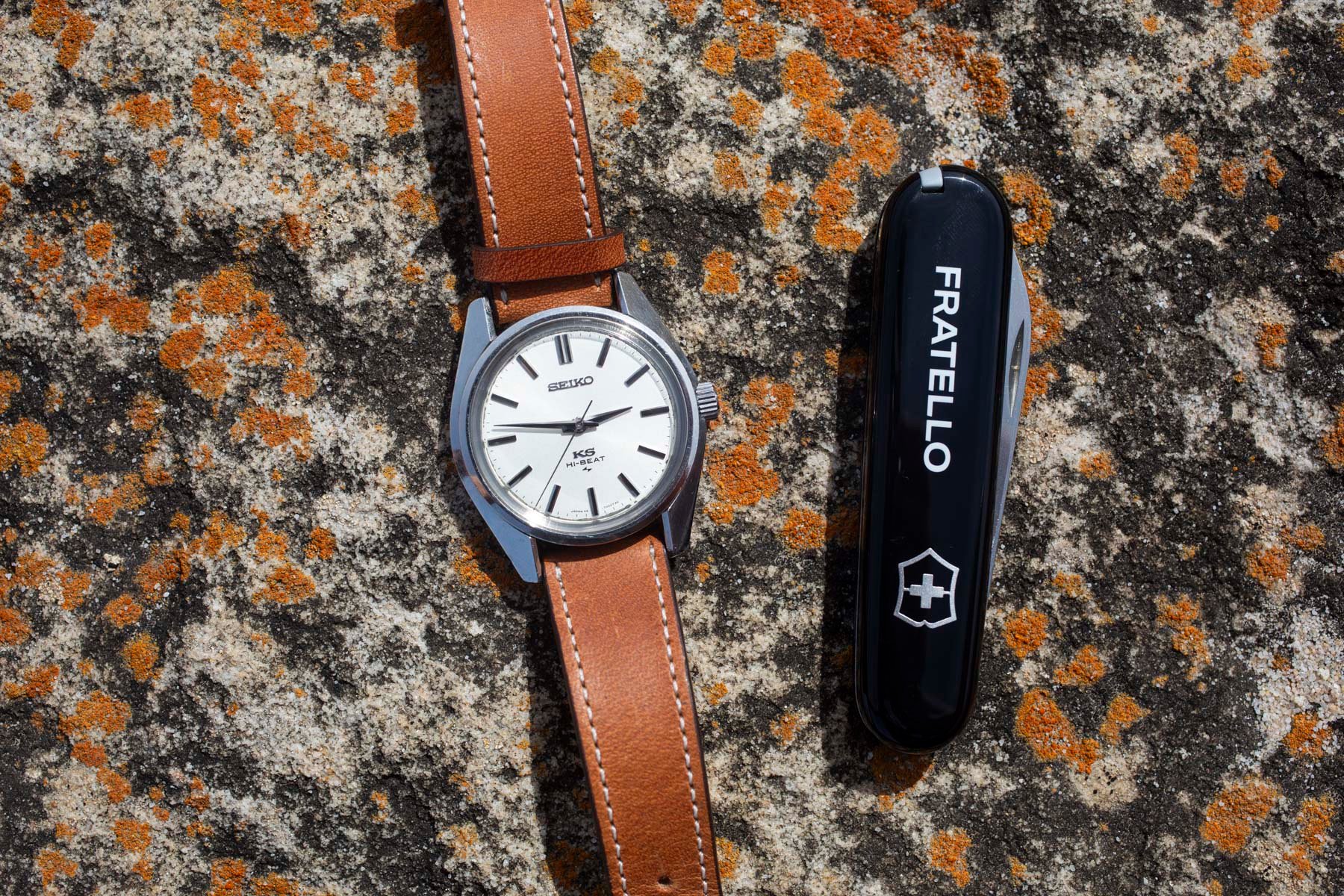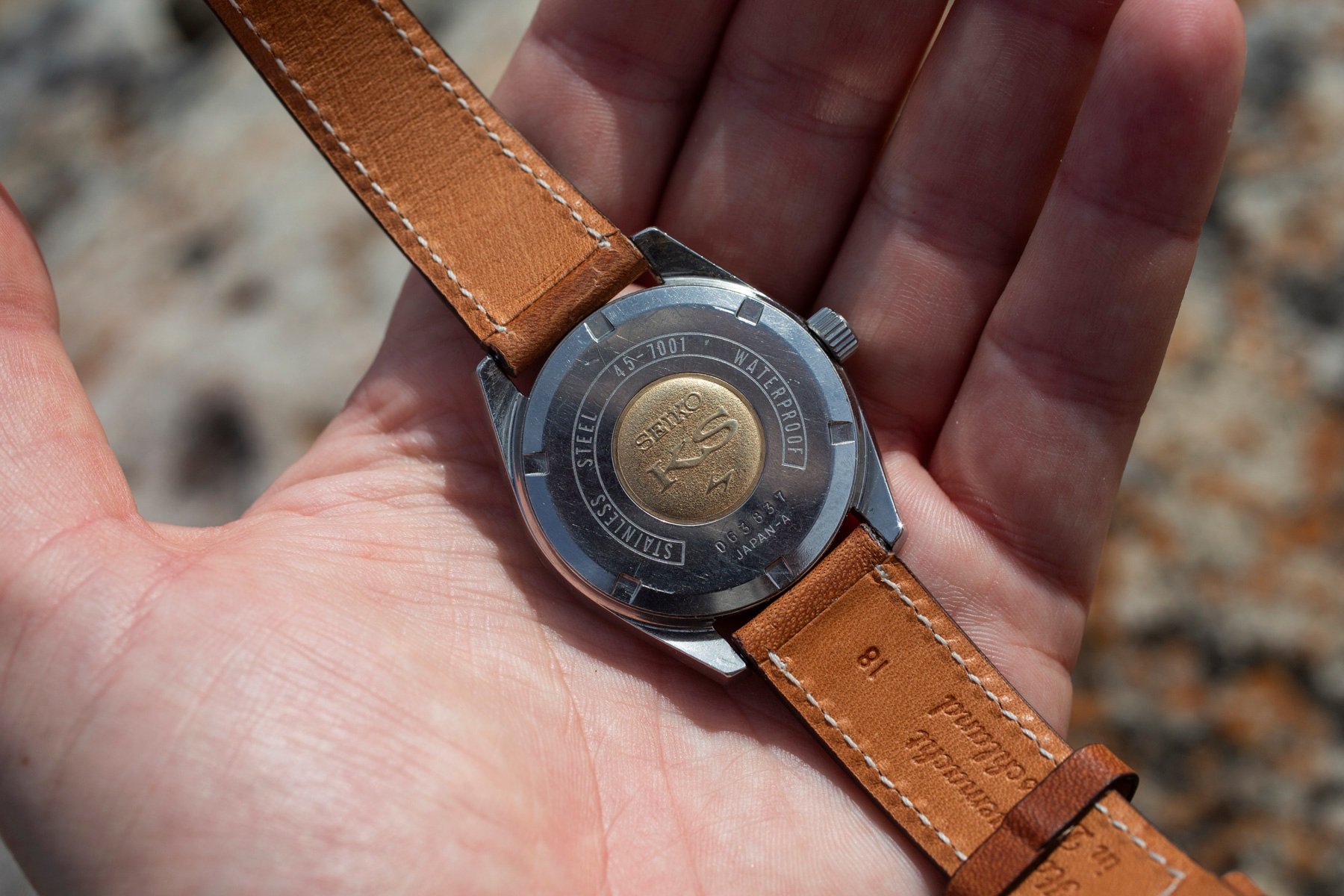Value In Vintage With The King Seiko 45KS
The King Seiko 45KS is a lesson in finding value in vintage. Unlike its modern counterparts, this King Seiko offers a fiercely large amount of watch for the money. Depending on its condition, the 45KS can be found on the secondary market for €900–1,500.
Modern Seiko has a problem. It’s not rival brands, such as Citizen; no, Seiko’s biggest problem is Seiko — vintage Seiko, to be precise. Today, we’re looking at the King Seiko 45KS. This is a watch that has been covered on Fratello before; my colleague Balazs waxed lyrical about the design of this King Seiko here. My colleague Mike also wrote about it way back in 2015, right here.
Some background on King Seiko
Before going further, this is not the first time I have written about vintage King Seiko. You can see my hands-on of the King Seiko 44-9990 here. In that article, I noted that today’s context has King Seiko as a product line sitting somewhere between Grand Seiko and Seiko. But in the 1960s and into the mid-1970s, King Seiko represented some of the best of what Seiko had to offer.
Essentially, King Seiko and Grand Seiko were in-house competitors, each with a separate factory. The concept was that internal competition would create better products and encourage ingenuity. The theory paid dividends. Many Grand Seiko models with iconic designs were made during that time. This was also true of King Seiko. Utilizing the Grammar of Design, a concept initiated by Seiko designer Taro Tanaka, cases used wonderfully sharp angles. This led to Grand Seiko’s iconic 44GS case. These bold designs were supposed to have been inspired by methods of gem cutting.
Modern King Seiko
King Seiko has been revitalized under Seiko in recent years, and several watches harking back to some of the brand’s iconic designs have been released. The calibers offered more recently are from the higher-end L series (e.g., the 6L35). Initially, King Seiko was released with R series calibers (6R35s), which had a dim reaction from enthusiasts. Not that there’s anything wrong with the 6R35, but it’s a descendant of the entry-level mechanical movements in watches like the Seiko Turtle. King Seiko was once an in-house competitor to Grand Seiko and did have real movement-making muscle. This included high-beat (36,000vph) calibers.
The King Seiko 45KS
With some context out of the way, let’s get to the watch. In some ways, the King Seiko 45-7001, aka the 45KS, represents a zenith for the brand. Produced for about six years between 1968 and 1974, it came with a Hi-Beat caliber, as the dial suggests. Each King Seiko 45KS was made to a high, exacting standard.
As Mike noted, the Seiko caliber 4500 in the King Seiko 45KS also powered some incredible Grand Seiko watches, such as the 45GS (modified). In fact, Daini Seikosha (where King Seiko was made), developed the movement to compete with the Grand Seiko watches made by its Suwa counterpart. There is more information on the caliber here. I encourage you to do some further research!
A beautiful case design
While the movement in this watch is wonderful, one of the best aspects of the 45KS is the case design. The case clearly shows Taro Tanaka’s love of sharp angles and facets. The lugs hug the dial like the wings of Darth Vader’s TIE fighter (I had to fit in a Star Wars reference). The perfectly proportioned crown sits snugly on the right-hand side of the case. There’s plenty of space to grip it to manually wind the caliber 4500.
The dial enhances the case design and makes it very clean. There’s no superlative text, with just the applied Seiko and KS logos and “HI-BEAT” clearly visible. Regarding the movement in the King Seiko 45-7001, it’s a 36,000vph, hand-wound, hacking caliber that features a sweeping second hand and goes without a date. It has 25 jewels and was the last hand-built King Seiko movement. Production lasted from 1968 to 1974. Ironically, the introduction of the Seiko Astron, the first quartz watch, in 1969 ultimately caused the decline in the production of high-beat calibers.
Thoughts on how this vintage watch fits in with modern Seiko
King Seiko’s modern lineup is getting closer to paying true homage to the wonderful releases that came out of the Suwa factory in the 1960s and 1970s. Don’t get me wrong; it’s a good thing that the King Seiko name is back. However, we can see just how on fire Seiko was 50–60 years ago. At the time, it wasn’t just King Seiko putting out absolute hits like this but Grand Seiko as well. Seiko “proper” was also releasing would-be classics, like the 6105-8119 (known by enthusiasts as the “Willard”). The company was truly in a golden age during the 1960s.
The best thing? You can get a bit of this horological history without paying an obscene amount. In fact, it’s possible to find a vintage 45KS for about a third of the price of a new King Seiko. And for that, you get the Hi-Beat movement, fantastic proportions, and excellent build quality. Speaking of proportions, the case is 36mm wide by 41mm long. In sunlight, the dial comes alive with a subtle sunburst finish and sharp, faceted hands.
Concluding thoughts
It all comes down to the little details with this King Seiko. When we turn the watch over, we see the marvelous little gold medallion on the back. This was a not uncommon feature for watches of the period; Longines, for example, certainly did this too. Admittedly, while the watch says it’s waterproof, I certainly wouldn’t be taking it into the ocean like I do with some of the other watches I’ve featured in reviews. That said, there is a truly charming quality to vintage King Seikos, and the 45KS has it in spades.
But what do you think, Fratelli? Would you pick one of these up? Let me know in the comments. Finally, while we should celebrate that King Seiko is now back, that doesn’t mean we can’t explore what the vintage hits still have to offer us. Luckily, those vintage hits are relatively affordable and truly excellent.

